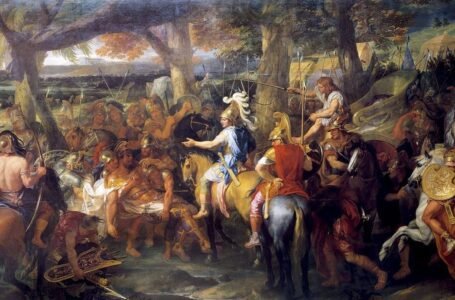Chambal River: The Cursed River of India
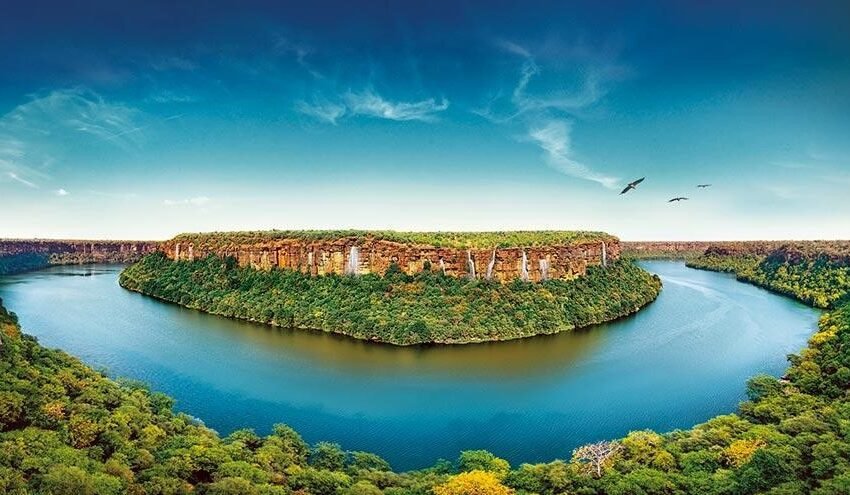
The Chambal is one of India’s most mysterious rivers-it flows through the rugged terrains of Madhya Pradesh, Rajasthan, and Uttar Pradesh. With steep ravines and the notoriety of the Chambal dacoits, it lends itself to wild tales of lawlessness and adventure, but beneath these fictions lies a river of immense ecological importance. It houses some of the country’s most endangered species. It is situated along the entire river and has played an important role in the protection of species like the gharial, mugger crocodile, and the Gangetic dolphin.
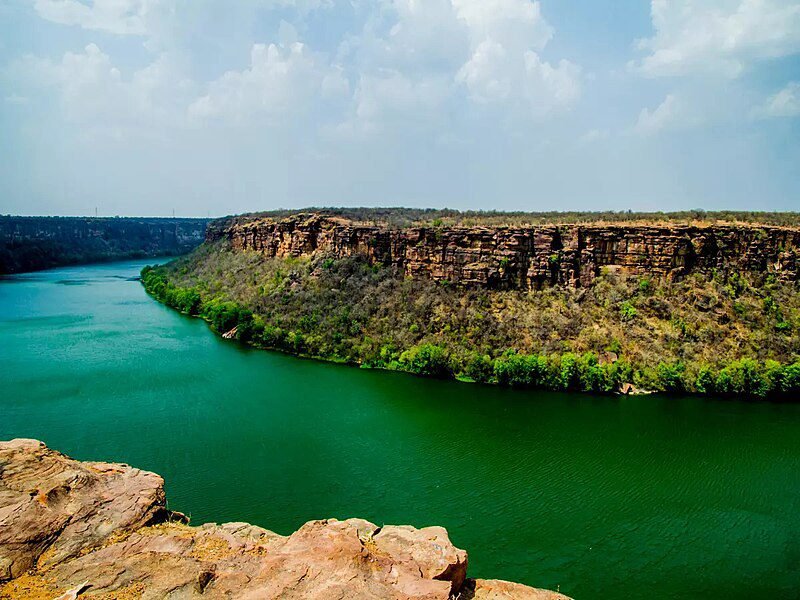
Although the river has ecological importance, it still poses challenges such as pollution, illegal sand mining, and construction of dams. Due to the rising demands for water consumption, the river’s ecosystem is still pretty open to all kinds of human interference. Though it has had a very turbulent past, the Chambal has become a treasure of ecology that is rendering very important lessons to the globe on conserving water and not using it for misuse. This article elaborates on the origin, mythology, ecological importance, and modern challenges of the Chambal River.
Origin of the Chambal River
Originating in Janapav Hills, a height of about 854 meters near Mhow in Madhya Pradesh, the Chambal River runs northwards through Madhya Pradesh, cutting a curve of gorges through the states of Rajasthan and Uttar Pradesh into the Yamuna River. The total length it stretches is about 1,024 kilometres, making it one of the greatest tributaries of the Yamuna, well supporting the Ganges River Basin.
The Chambal Flow is a spot for deep ravines and gorges, especially in the Chambal Valley, stretching across Rajasthan and Madhya Pradesh. As this was formed by gully erosion over several centuries, it’s also become both a boon and a bane: offering dacoits and bandits natural protection in the past, while it encourages unique biodiversity. Elsewhere along its route, the river accepts water from several tributaries, such as the Banas, Kali Sindh, and Parvati Rivers.

The Chambal River preserves its fragile ecosystem pretty well, as the untouched and relatively pristine waters would immediately evoke a suitable habitat for aquatic life. However, with such activities going on near it, like irrigation projects and urban waste disposal, this critical balance keeps on facing even greater peril.
Mythology and Historical Association
The Chambal River also forms a quite significant part of the Indian myth. Themes of sin and redemption can often be seen surrounding this river. It was said to have been created from the blood of animals that King Rantideva had sacrificed. This led people to believe that the river was under some sort of curse and they avoided drinking from its waters for many years. Another mythological legend is of how Draupadi, who is one of the queens of the Pandavas, blessed the river with a curse uttered by her when she was embarrassed in a game of dice in Mahabharata.
These tales reinforced the mystique of the Chambal and magnified its image as a lawless and dangerous river. The perception was further enhanced by the fact that during the 20th century, the Chambal Valley became synonymous with dacoit gangs. For decades, outlaws such as Man Singh, Phoolan Devi, and Nirbhay Gujjar roamed the ravines, evading the law. These robbers who were, at the same time, both a kind of criminal and a folk hero, occupied the ravines along the length of the river as dens where, by difficult terrain, they could easily hide themselves from the authorities.

The dacoits’ legacy has become part of the folklore that surrounds the river. Several films and books picturized this drama and violence that characterize life in the Chambal Valley, making sure that its dark reputation as a place where lawlessness and survival survived the bravest battles will not fade away. Though the era of dacoits is largely over, the ravines of Chambal remain an object of fascination and wonder.
Ecological Richness and Conservation of Endangered Species
The Chambal, despite its history of turbulence, is one of the most environmentally significant rivers in India. It nurtures many species of freshwater and terrestrial life, and relatively it remains less polluted compared with most other rivers in the Ganges Basin. Thus, it becomes one of the vital zones for protection.
National Chambal Sanctuary
It was established in the year 1979 and runs on the river over the states of Madhya Pradesh, Rajasthan, and Uttar Pradesh. National Chambal Sanctuary provides an important habitat to a number of endangered species, such as:
- Gharial (Gavialis gangeticus): The Chambal River happens to be one of the last strongholds for the critically endangered gharial characterized by a long, narrow snout. Breeding programs and habitat protection in the sanctuary form part of the conservation efforts.
- Gangetic Dolphin (Platanista gangetica): The Gangetic dolphin is declared India’s National Aquatic Animal and thrives well in the clean waters of the Chambal. Free from industrial pollution, the river provides an ideal environment for the dolphin.
- Indian Skimmer (Rynchops albicollis): It is a rare breeding species for the sandy banks of the Chambal River. The skimmer population is under threat due to disturbance to the habitat and changes in the river flows.
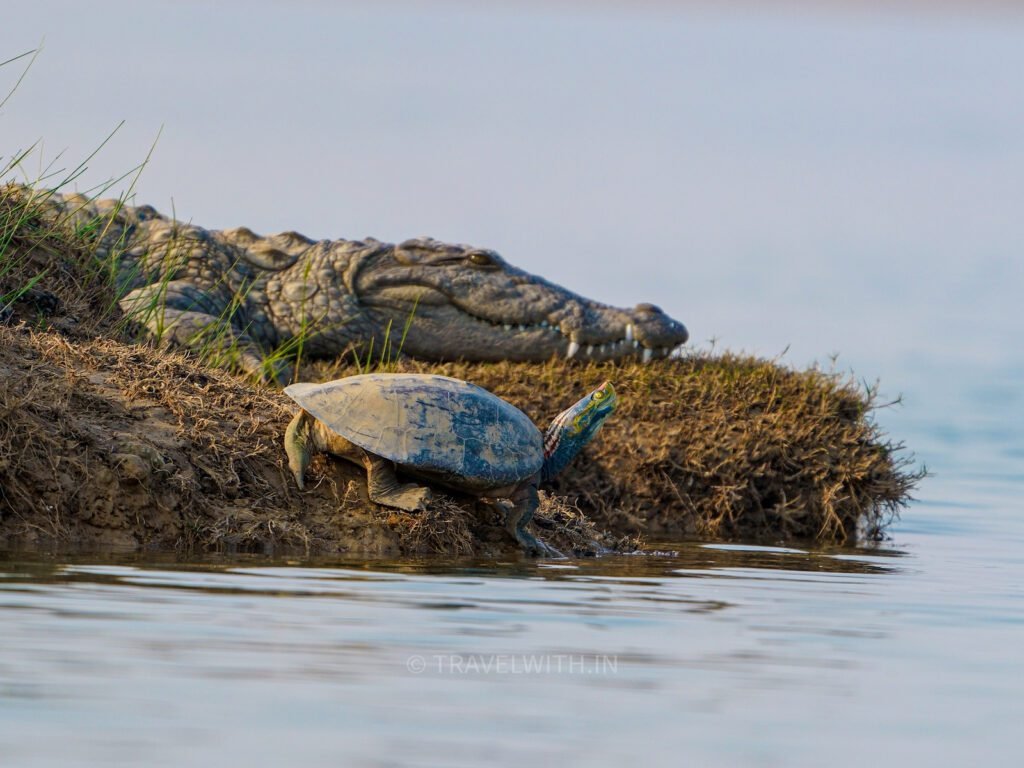
The Chambal supports populations of mugger crocodiles, otters, turtles, and migratory birds, while flagship species are not present in the area. Conservation initiatives in this sanctuary aim to balance human needs with wildlife protection, focusing on community involvement and anti-poaching measures.
Threats to the Ecosystem
Despite conservation efforts, the Chambal River faces several challenges:
- Illegal Sand Mining: Drilling along the river bank disturbs the natural habitats of aquatic species, especially nesting areas for turtles and crocodiles.
- Pollution: While the Chambal is fairly clean, agricultural runoff and untreated sewage from close by cities are growing threats.
- Dams and Barrages: Dam construction has altered the river’s natural flow and affected fish migration and spawning.
- Climate Change: Changes in precipitation and increasing temperatures are affecting water levels and the ecological balance of the river.
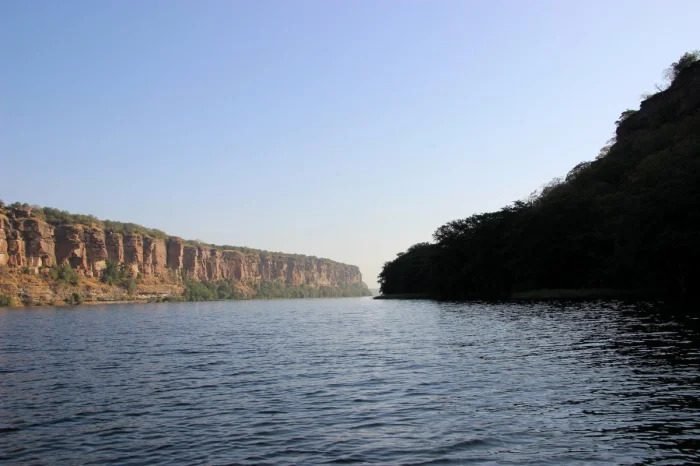
Conclusion
Much more than a symbol of lawlessness, the Chambal River-which will long be remembered for its association with dacoits and bandits-will, however, be one of great ecological importance as some of India’s most endangered wildlife find a home there. The National Chambal Sanctuary bears testimony to the growing recognition of this value for the river as a biodiversity hotspot.
Its future is also uncertain. Pollution, illegal mining, and dam construction are dire threats to the fragile ecosystem in the area. This calls for a concerted effort by government agencies, local communities, and environmental organizations.
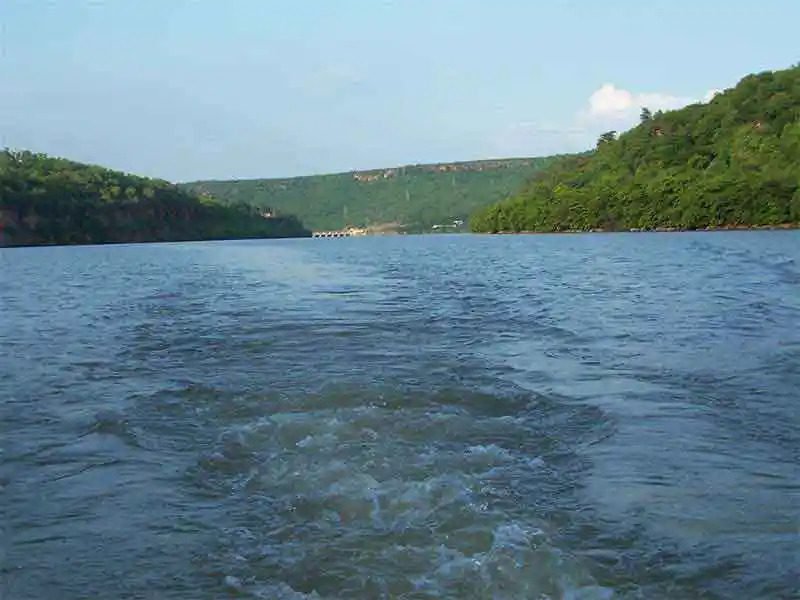
The Chambal story runs full circle—from the dreaded river, its deadly landscape, and the dacoits, to a natural treasure cherished for its unique wildlife and pristine waters. In many ways, the river embodies the intricate interplay between human history and the environment, reminding one of the needs to balance development and conservation.
Thus, the ecological integrity of Chambal can be preserved for the future so that future generations can once more bask in the beauty of this place and learn of the history of this area. Revival and conservation of Chambal: The saving of Chambal is not only the saving of a river but also recognizes and promotes the interdependence of people and nature at a time when the environment and everything natural as a whole are threatened by environmental degradation in its most drastic form.

